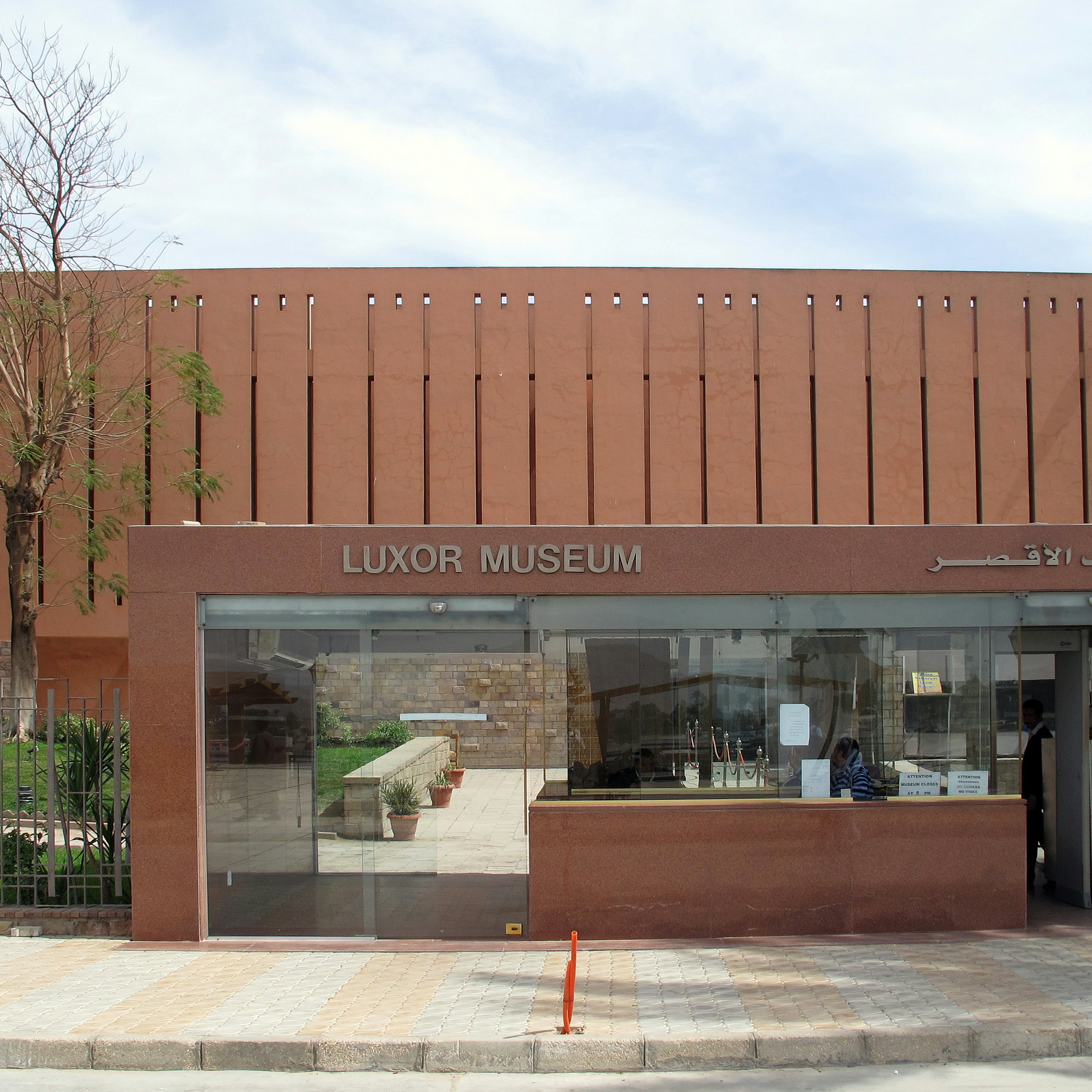

Getty Images/iStockphoto
Overview
Egypt welcomes you with its mighty Nile and magnificent monuments, the beguiling desert and lush delta, and with its long past and welcoming, story-loving people.
Plan your trip with Guide, an AI travel planner!
Create a personalized trip itinerary in seconds using artificial intelligence.
Must-see attractions
Planning Tools
Expert guidance to help you plan your trip
Best Places to Visit
From Tutankhamun's tomb to the Karnak Temple Complex, the structures in this region are filled with fascinating history.
Read full article
Best Time to Visit
Plan the best time for your visit to Egypt with this seasonal guide.
Read full article
Things to Know
From getting around to staying safe to minding your etiquette, here are our top tips for visiting Egypt.
Read full article
Transportation
From overnight trains to cruise boats on the Nile, here are the best ways to travel around in Egypt.
Read full article
Visa Requirements
Before you set off on your Egypt adventure, check this handy guide to find out all the Egyptian visa information you need for your trip.
Read full article
Money and Costs
Don't think a small budget will restrict your Egyptian adventure. With our top tips, you can explore the whole country without breaking the bank.
Read full article
Traveling with Kids
Egypt can be a challenging destination to visit, but the country is a treasure trove of activities for families. Here's how to visit Egypt with kids.
Read full article
Best Road Trips
Experience the best of Egypt with these spectacular road trips, from coastal drives between arid mountains and the Red Sea to crossing the open desert.
Read full article
Get Connected
Stay connected on your travels in Egypt with this guide to cell coverage, networks and wi-fi.
Read full article
Get a book. Get inspired. Get exploring.
in partnership with getyourguide






















